Xiaomi Redmi K60 Pro
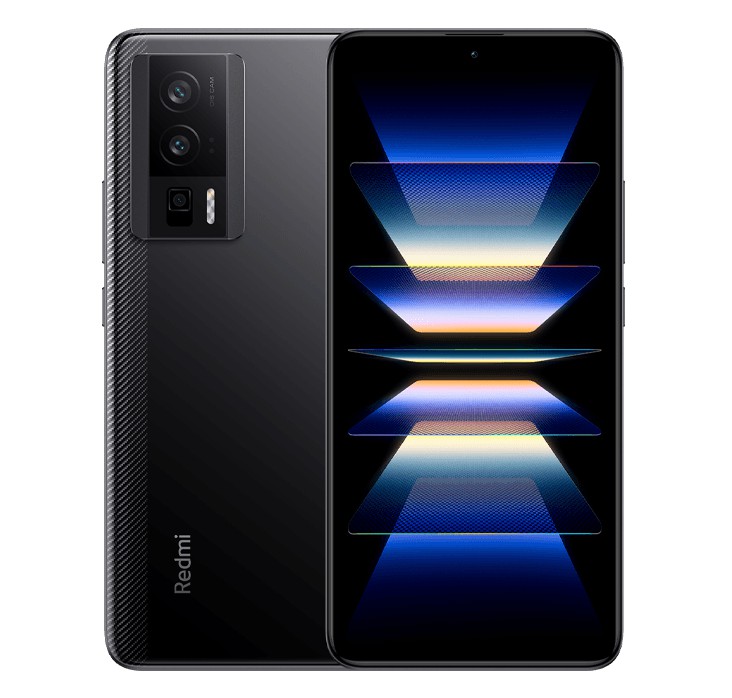
Xiaomi Redmi K60 Pro Highlights and Overview
This is Xiaomi’s Redmi K60 Pro. It is the higher version to the standard K60. This model has better CPU and better rear camera sensors than the vanilla K60. It comes in a 6.67-inches screen with a notch on the head. The display is OLED, and it features Dolby Vision, HDR10+, 120Hz refresh and a max brightness of 1400 nits.
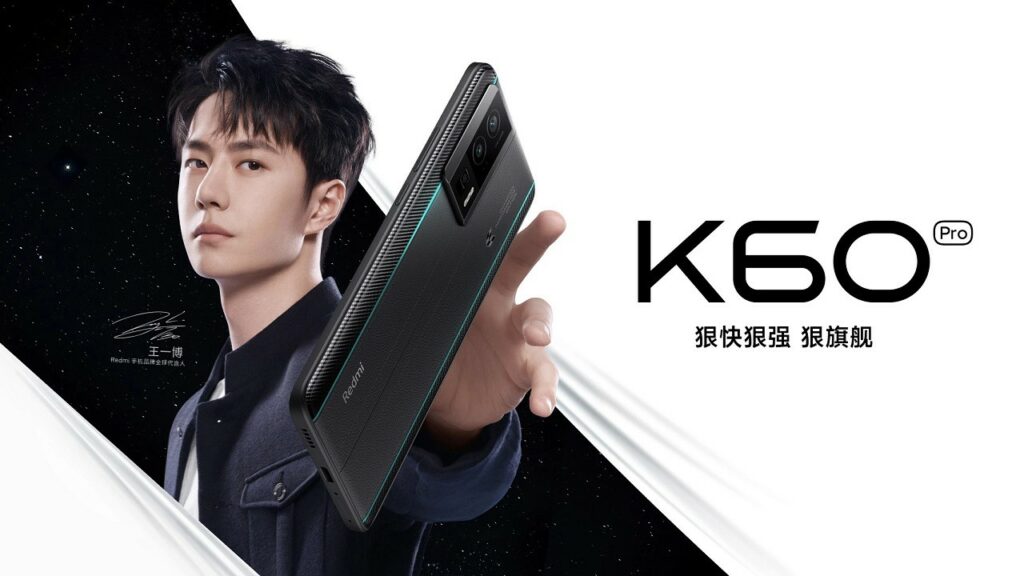
The phone is powered by the Snapdragon 8 Gen 2 SoC from Qualcomm. It has Adreno 740 GPU, 8/12/16GB RAM and a non-expandable storage that ranges from 128 up to 512-Gigs. The Snapdragon Chipset has 8-core CPUs and clocked at 3.2GHz.
Coming to the camera department, the Redmi K60 Pro comes with three camera lenses on the rear. These includes a 54-megapixel Sony IMX800 main sensor, an 8-megapixel ultrawide sensor, and a third 2-megapixel macro lens. Leica branding seen on the Xiaomi 13-series is missing here.
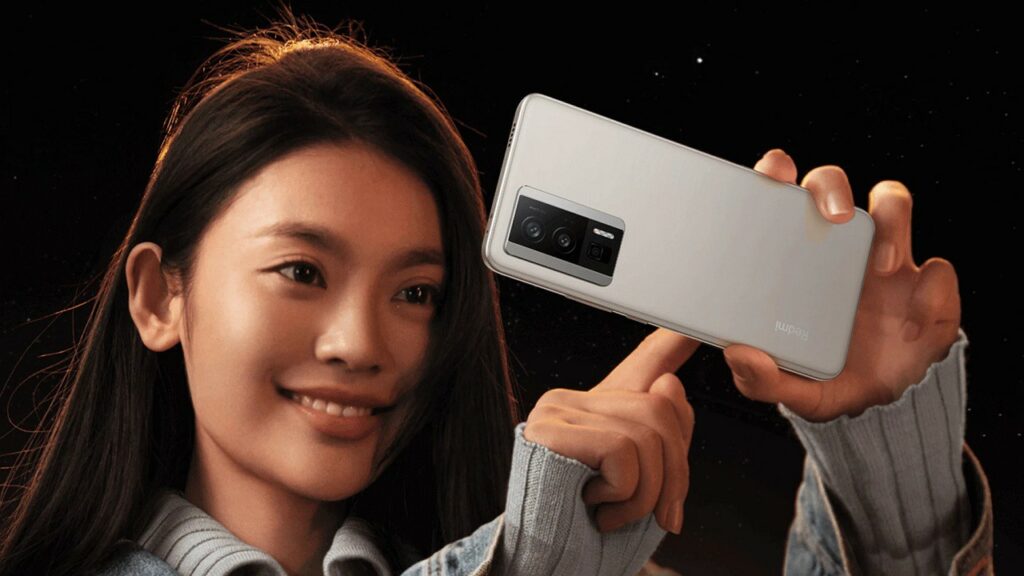
The phone has a 5000mAh battery on the inside, and it support 120W wired, and 30W wireless fast charging. There is an under-display fingerprint scanner, Bluetooth 5.3 and a dual Nano-SIM option with 5G network capabilities. The phone is powered by Google Android 13 MIUI 14 out of the box. The full specifications of Xiaomi Redmi K60 Pro is contained in the table below.
Xiaomi Redmi K60 Pro Full Specifications and Features
NETWORK
| Technology | GSM / CDMA / HSPA / CDMA2000 / LTE / 5G |
| 2G Network Bands | GSM 850 / 900 / 1800 / 1900 - SIM 1 and SIM 2 |
| 3G Network Bands | HSDPA 800 / 850 / 900 / 1700(AWS) / 2100 |
| 4G Network Bands | LTE band 1, 3, 4, 5, 8, 18, 19, 26, 34, 38, 39, 40, 41, 42 |
| 5G Network Bands | 5G band 1, 3, 5, 8, 28, 38, 40, 41, 77, 78 SA/NSA |
| Speed | HSPA 42.2/5.76 Mbps, LTE-A, 5G |
LAUNCH
| Also Known As |
- - |
BODY
| Dimensions | 162.8 x 75.4 x 8.6/8.9 mm |
| Weight | 201/205 grams |
| SIM Type | Dual SIM (Nano-SIM, dual stand-by) |
DISPLAY
| Display Type | OLED screen / 120Hz, Dolby Vision, HDR10+, 1400 nits of peak brightness |
| Size | 6.67 inches, (86.5% screen-to-body ratio) |
| Resolution | 1440 x 3200 pixels, 20:9 ratio (526 ppi density) |
PLATFORM
| Operating System | Android 13; MIUI 14 |
| Chipset | Qualcomm SM8550 Snapdragon 8 Gen 2 (4 nm) |
| CPU | Octa-core (1x3.2 GHz Cortex-X3 & 2x2.8 GHz Cortex-A715 & 2x2.8 GHz Cortex-A710 & 3x2.0 GHz Cortex-A510) |
| GPU | Qualcomm Adreno 740 |
MEMORY
| RAM + ROM | 8GB + 128 / 8GB + 256GB / 12GB + 256GB / 12GB + 512GB / 16GB + 512GB |
| Card Slot | No |
MAIN CAMERA
| Camera Type | Triple Lenses |
| Camera Sensor(s) |
Main: 54MP, IMX800 f/1.9, OIS, PDAF Ultrawide: 8MP, f/2.2, 118˚ FoV, Macro: 2MP, F/2.4 aperture |
| Camera Features | Autofocus, optical zoom, Panorama, HDR, Touch focus, Face detection, gyro-EIS |
| Video Resolution | 8K@24fps, 4K@30/60fps, 1080p@30/60/120/240/960fps, 720p@1920fps |
SELFIE CAMERA
| Camera Type | Single Lens |
| Camera Sensor(s) | 16-megapixel punch hole camera |
| Camera Features | FaceID, Face beautification, HDR / f/2.0 |
| Video Resolution | 1080p@30/60fps, 720p@120fps |
SOUND
| Loudspeaker | Yes, with stereo speakers |
| Speaker Location | Placed at the basement and top |
| Audio Jack Type | No |
CONNECTIVITY
| Bluetooth | Bluetooth 5.3, A2DP, LE |
| NFC | |
| GPS | Yes, with A-GPS. Up to tri-band: GLONASS (1), BDS (3), GALILEO (2), QZSS (2), NavIC |
| FM Radio | Unknown |
BATTERY
| Battery Capacity | Non-removable Li-Po 5500mAh battery |
| Wireless Charging | Yes, 30W fast charging |
OTHER FEATURES
| Sensors | Fingerprint (side-mounted), accelerometer, proximity, compass |
| Box Contents | Charging Brick / USB cable |
Xiaomi Redmi K60 Pro User Reviews and Opinions
Disclaimer Note
This specification was entered manually, hence we CANNOT guarantee 100% accuracy. Any error? Let us know in the comment section.







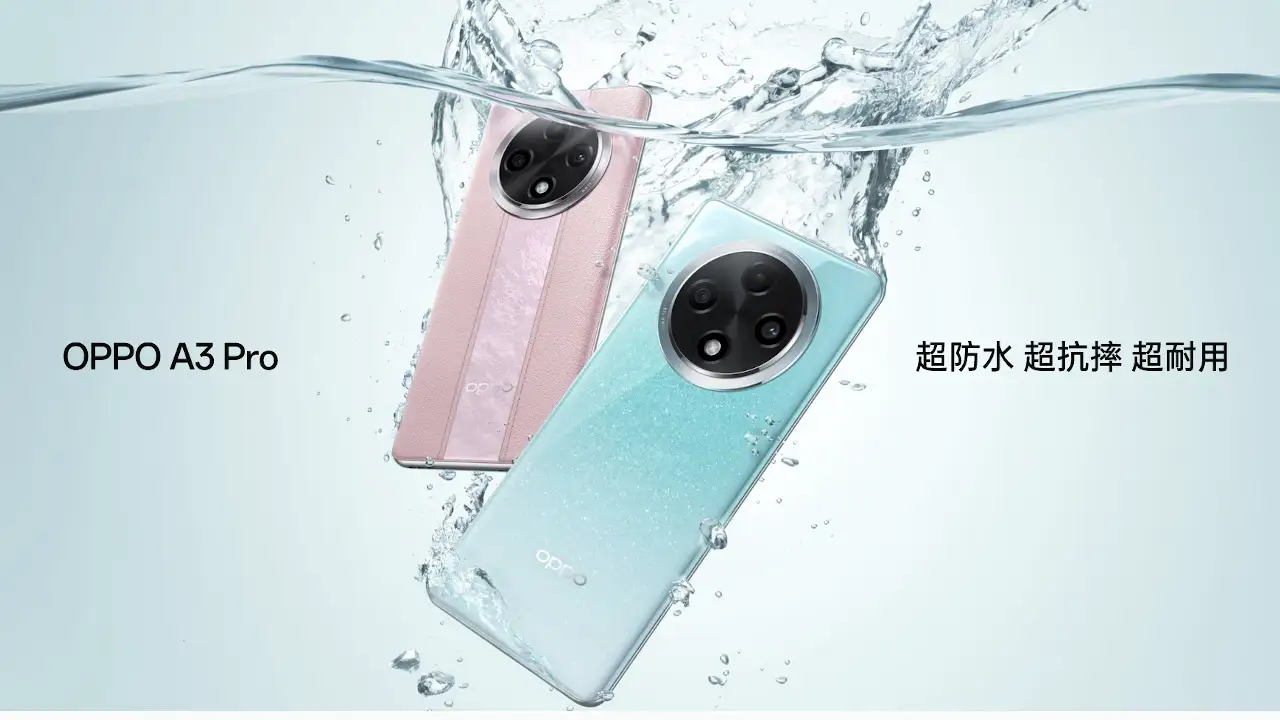

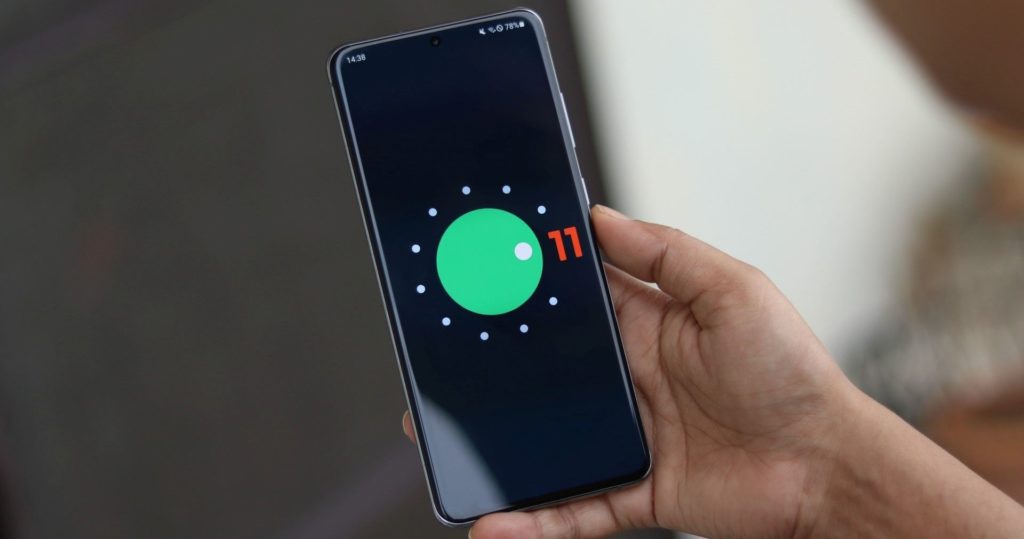
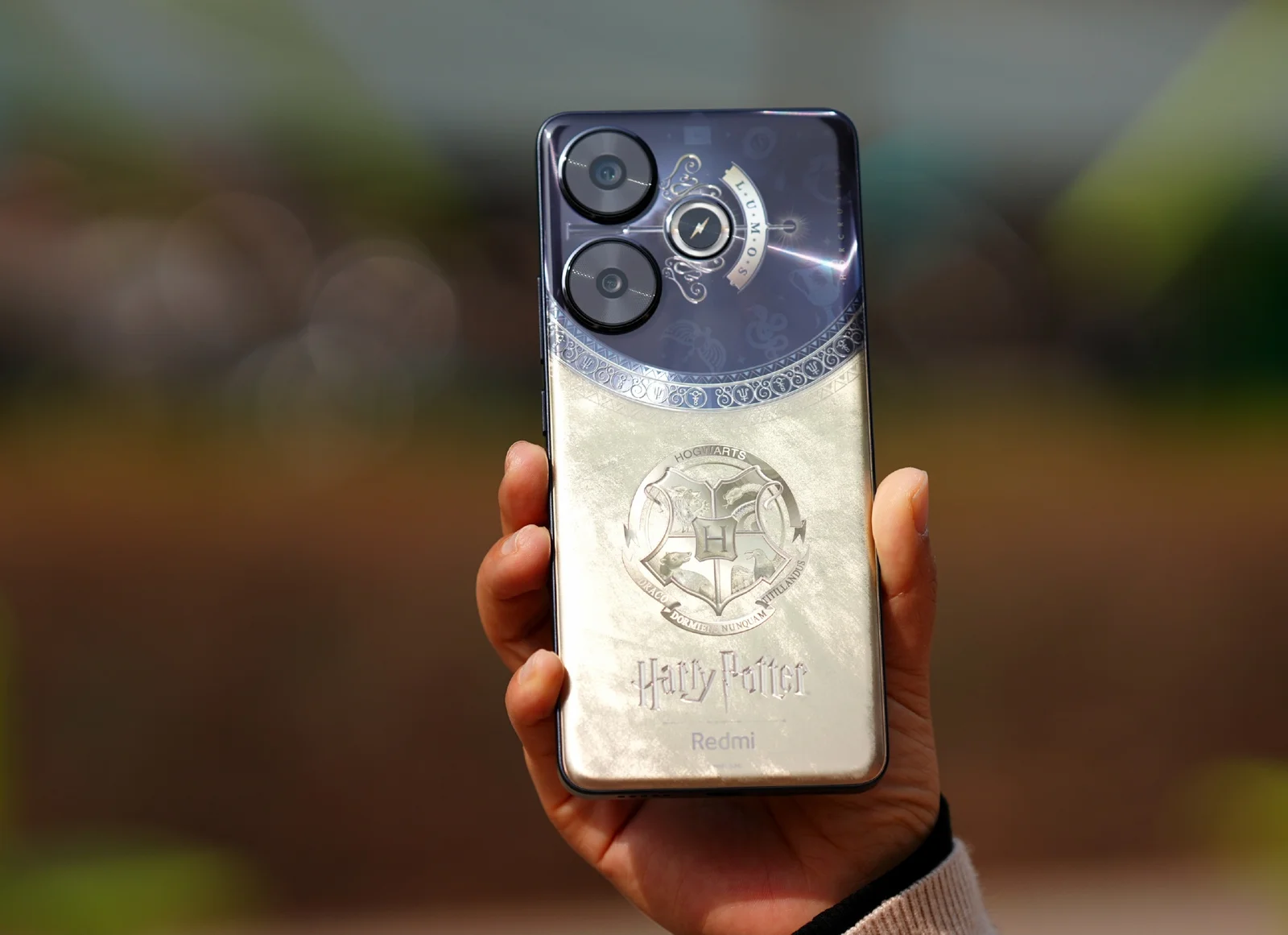
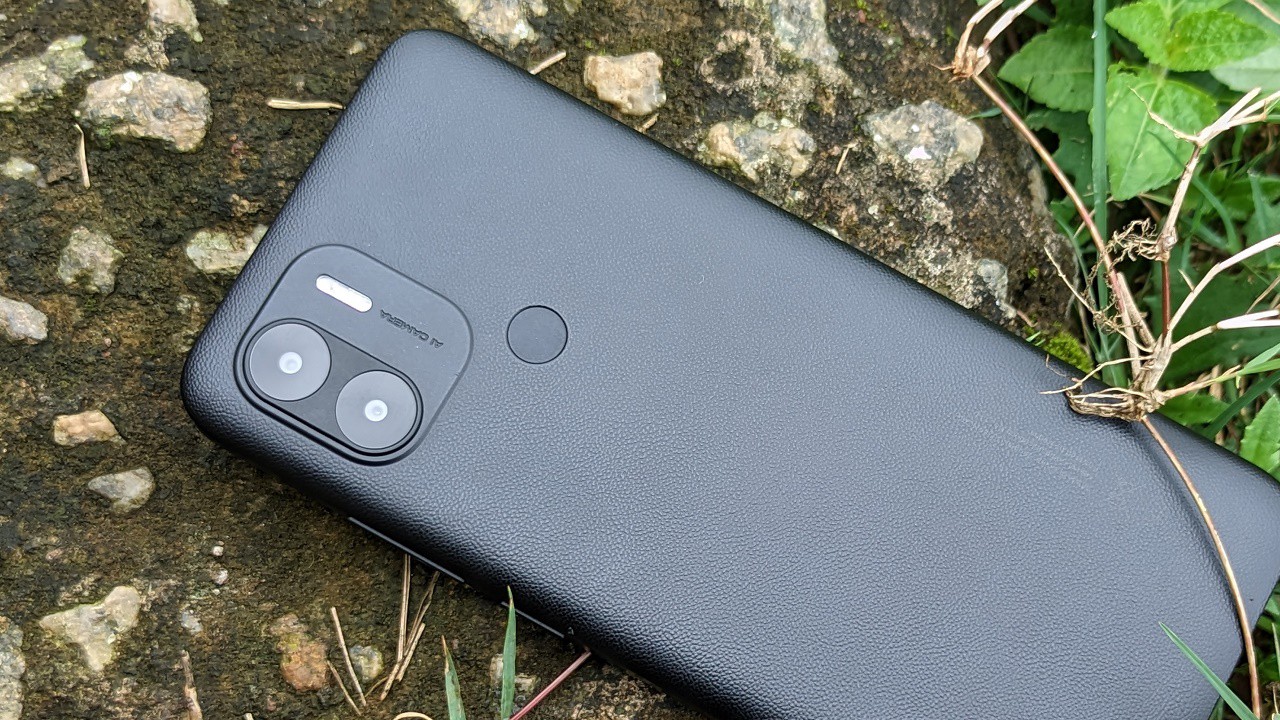
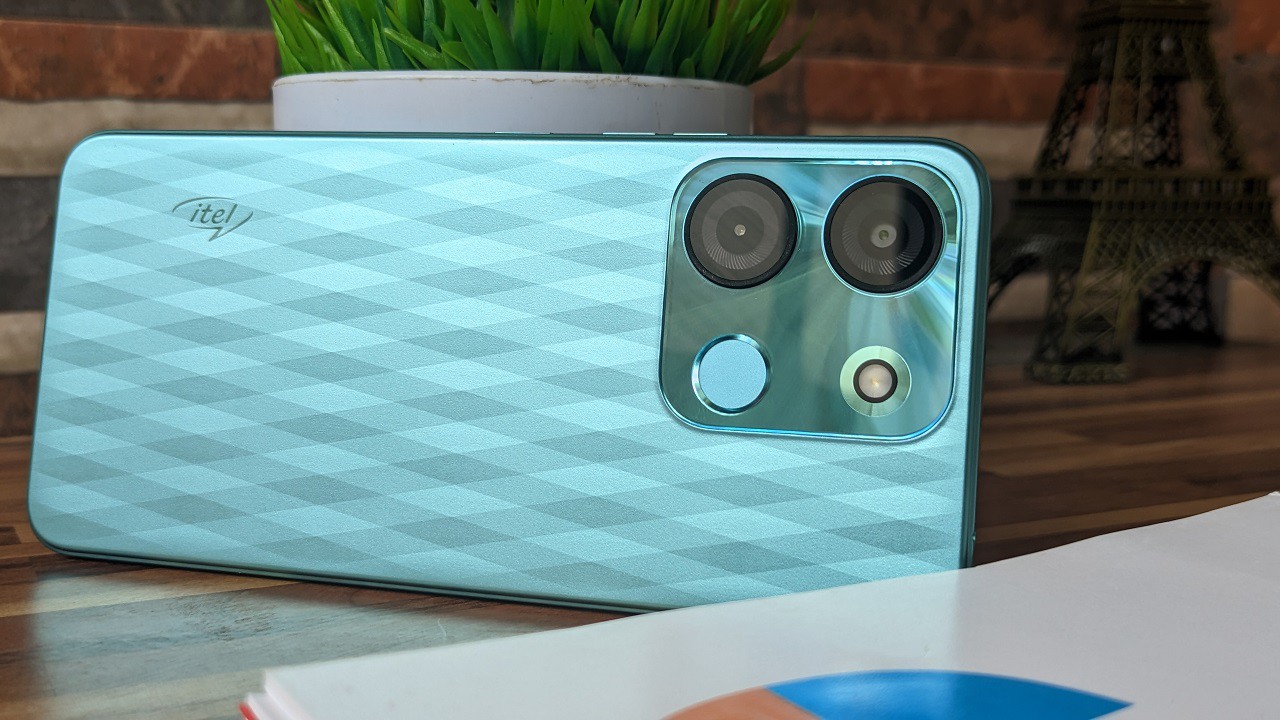
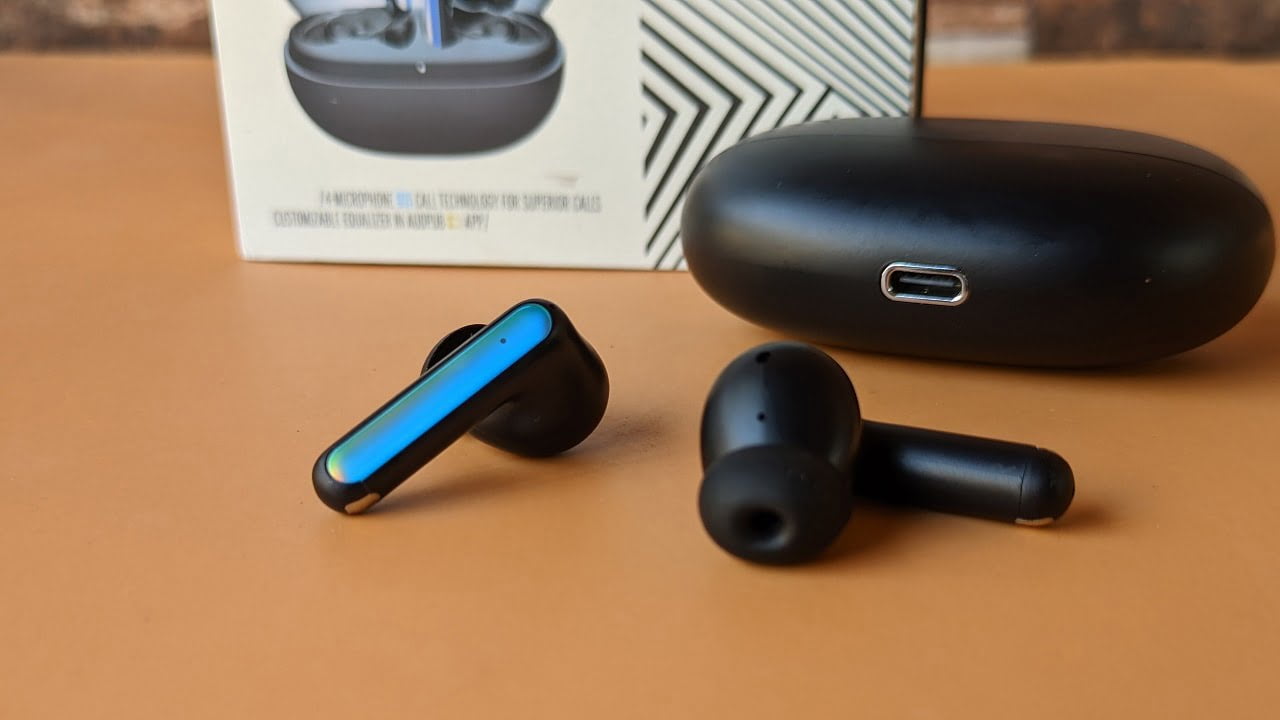
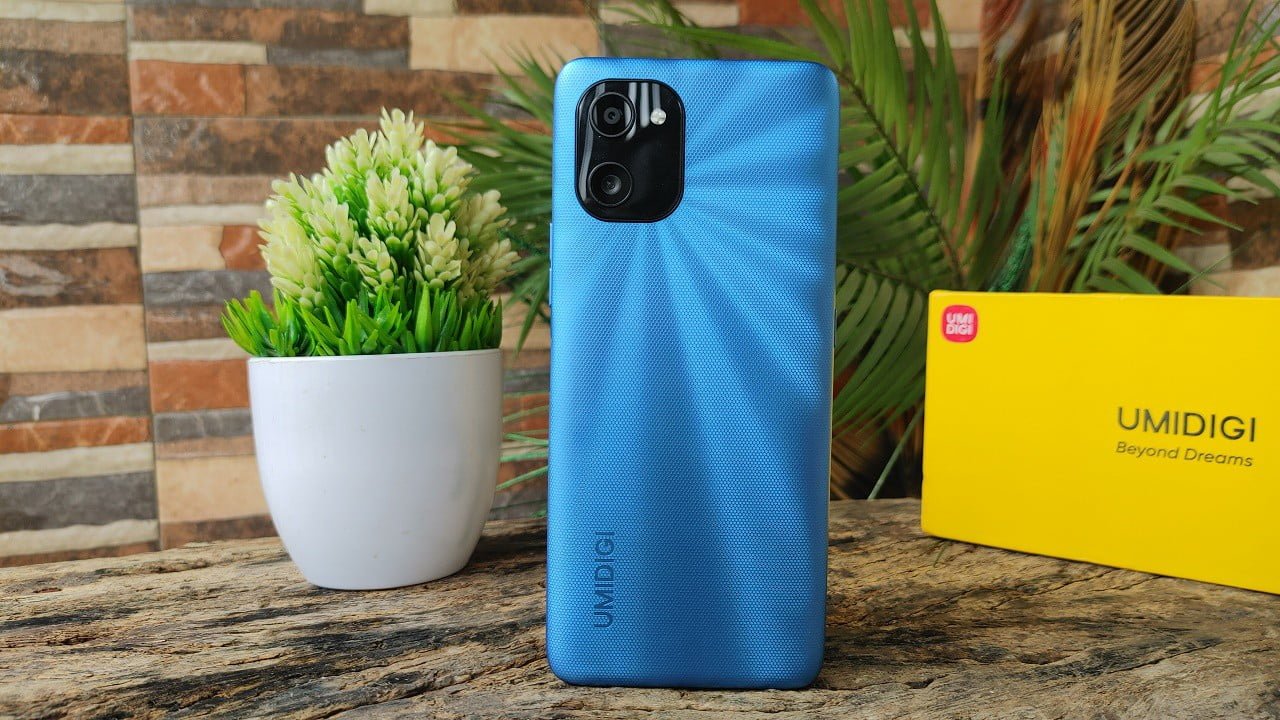
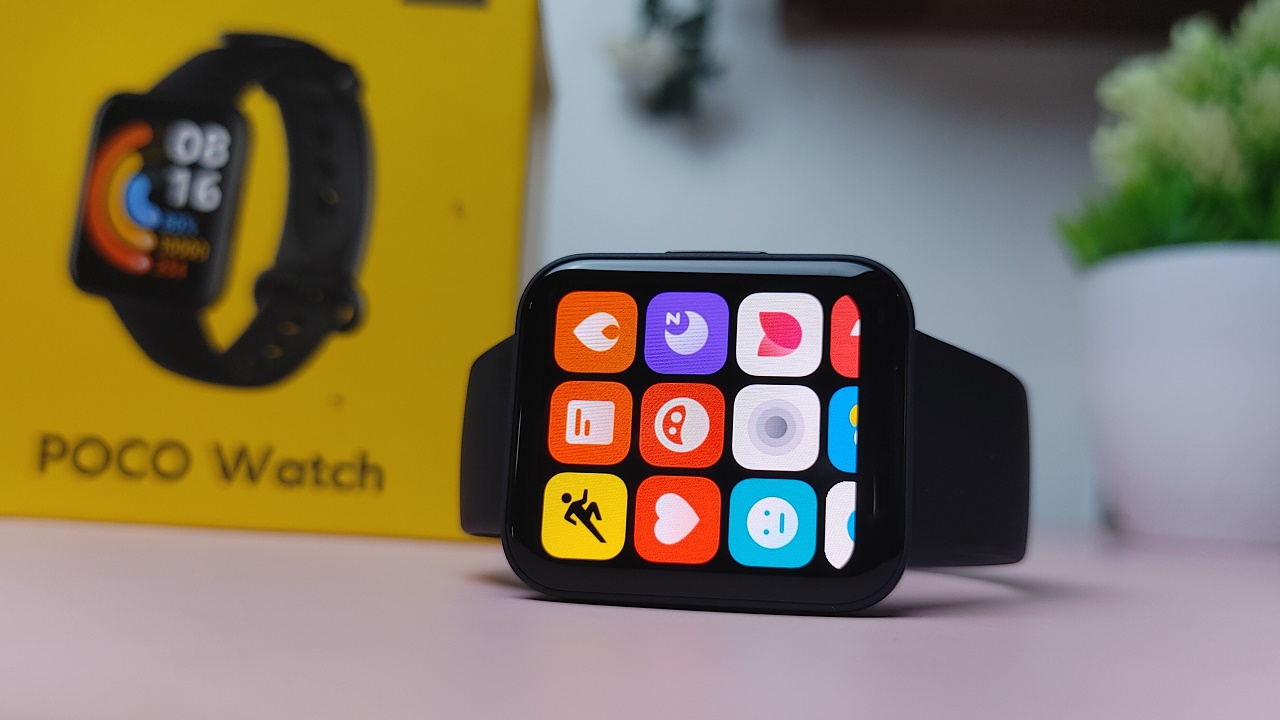
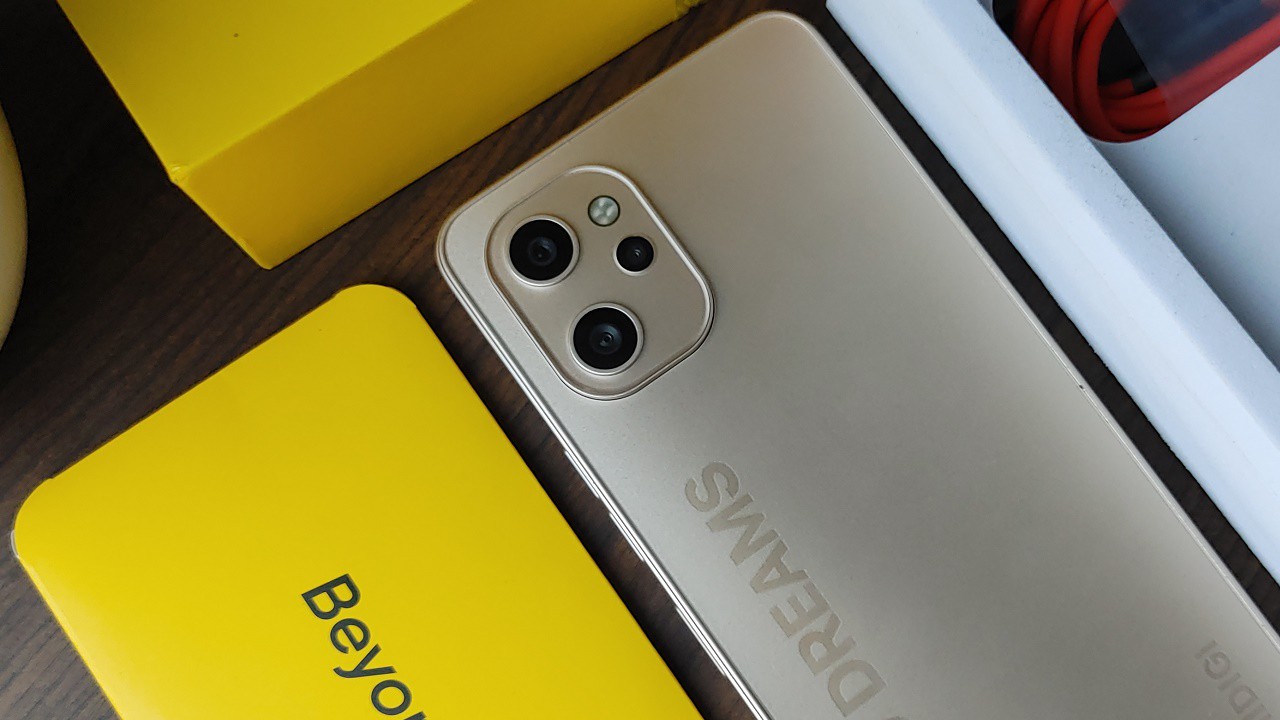
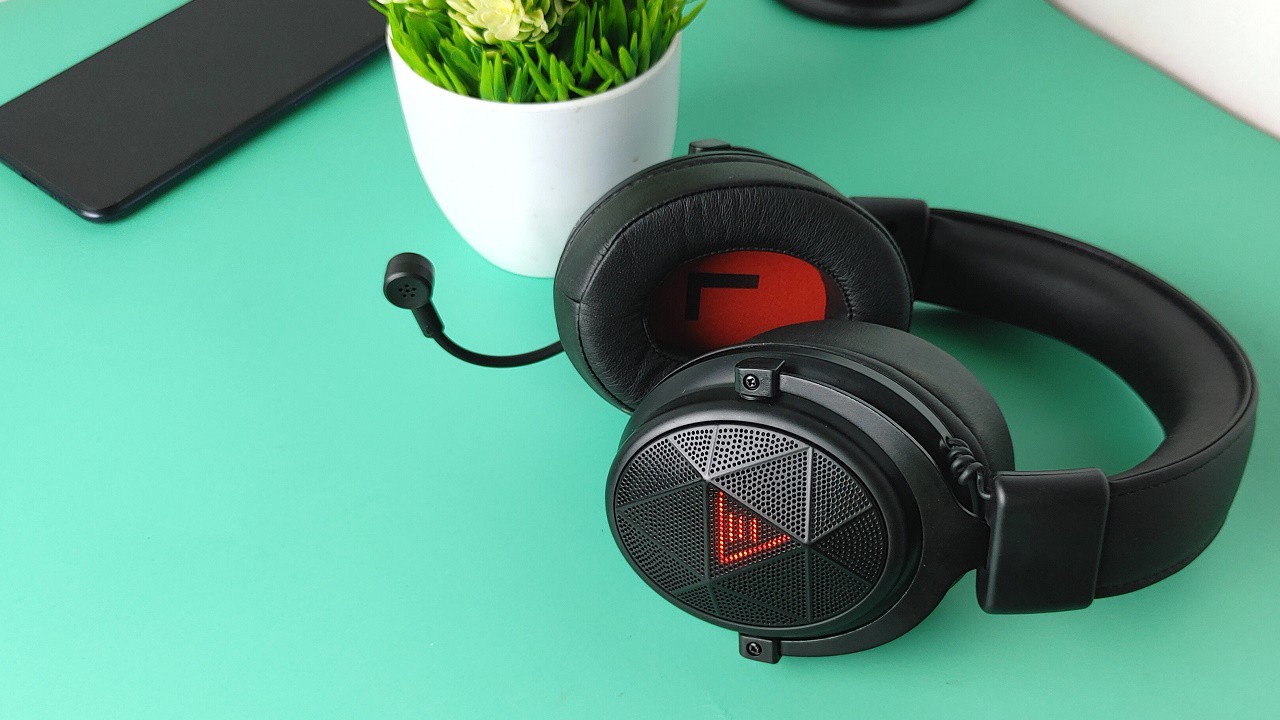
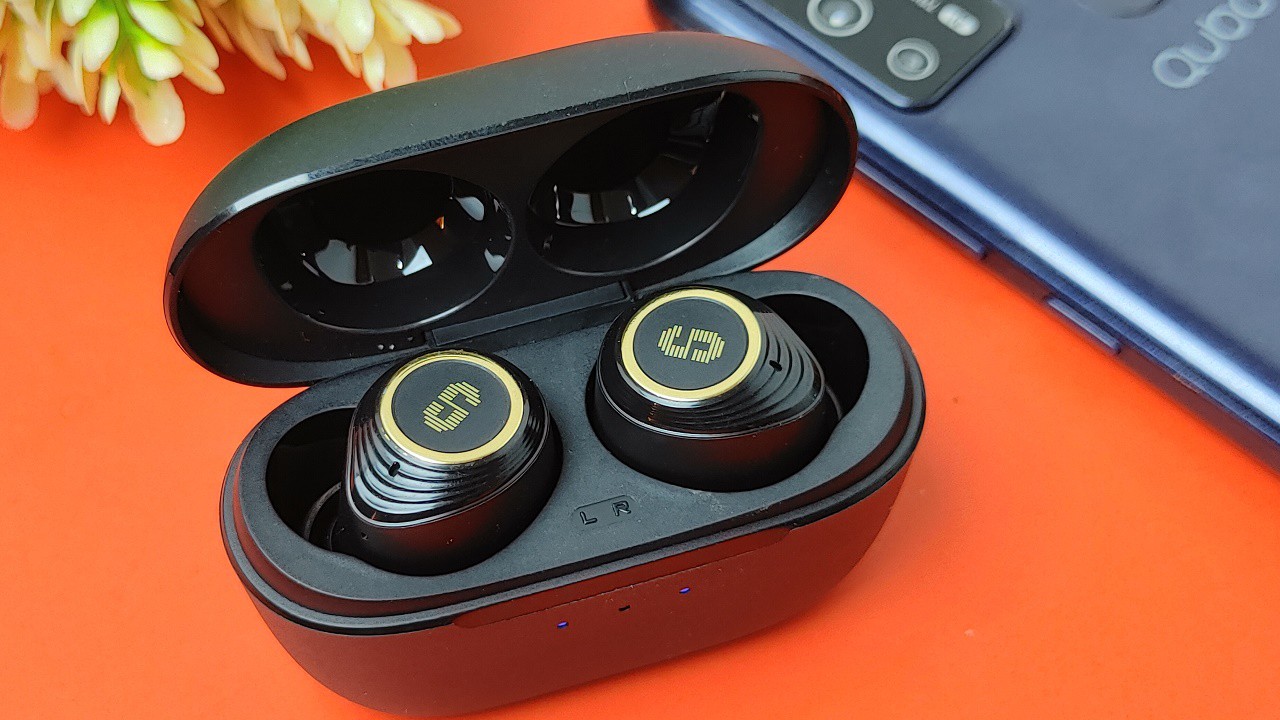
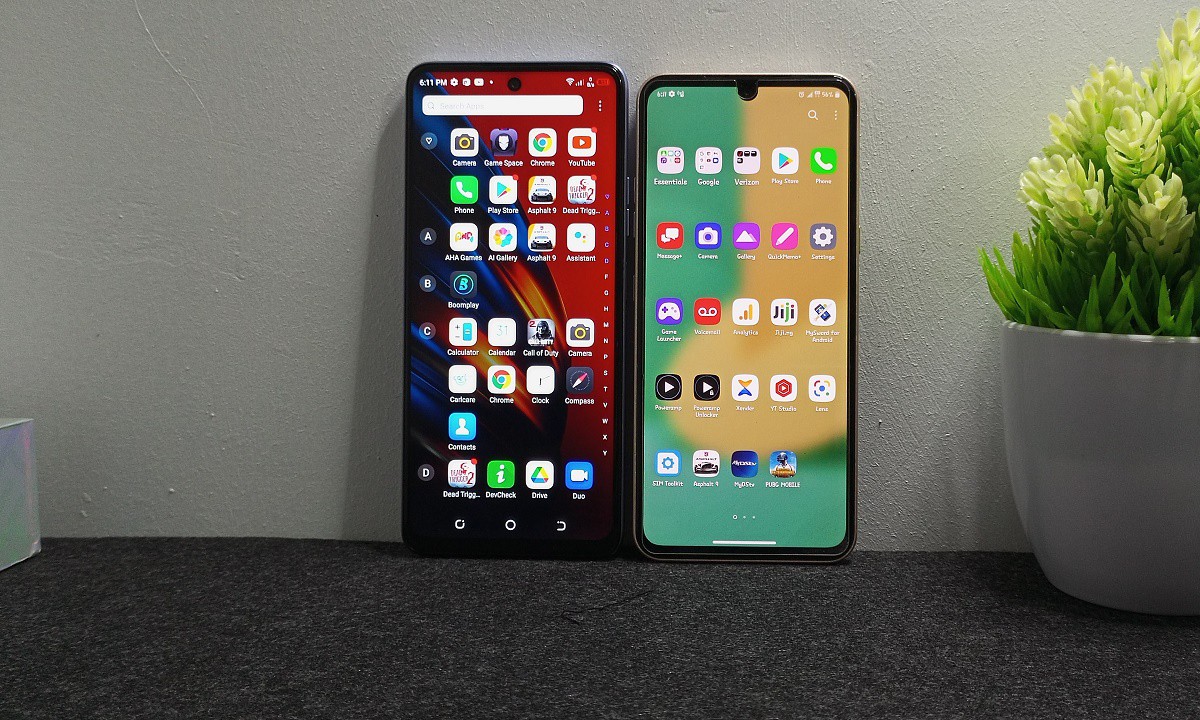

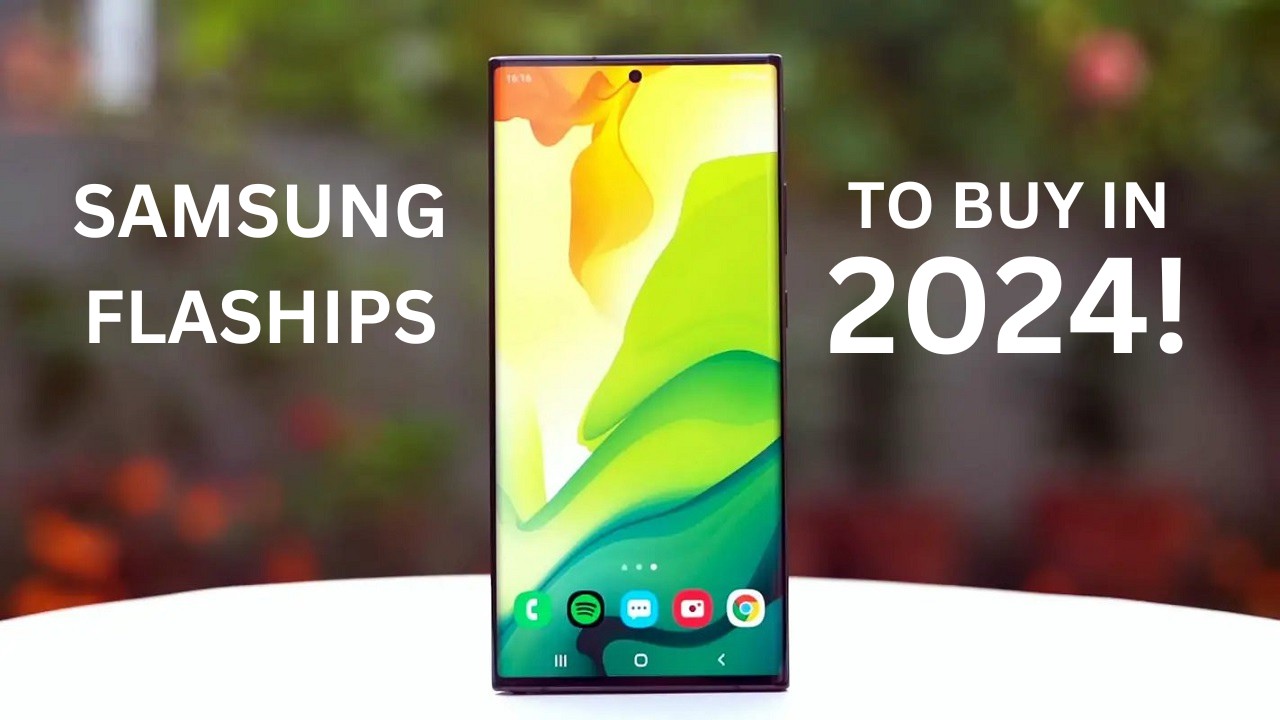
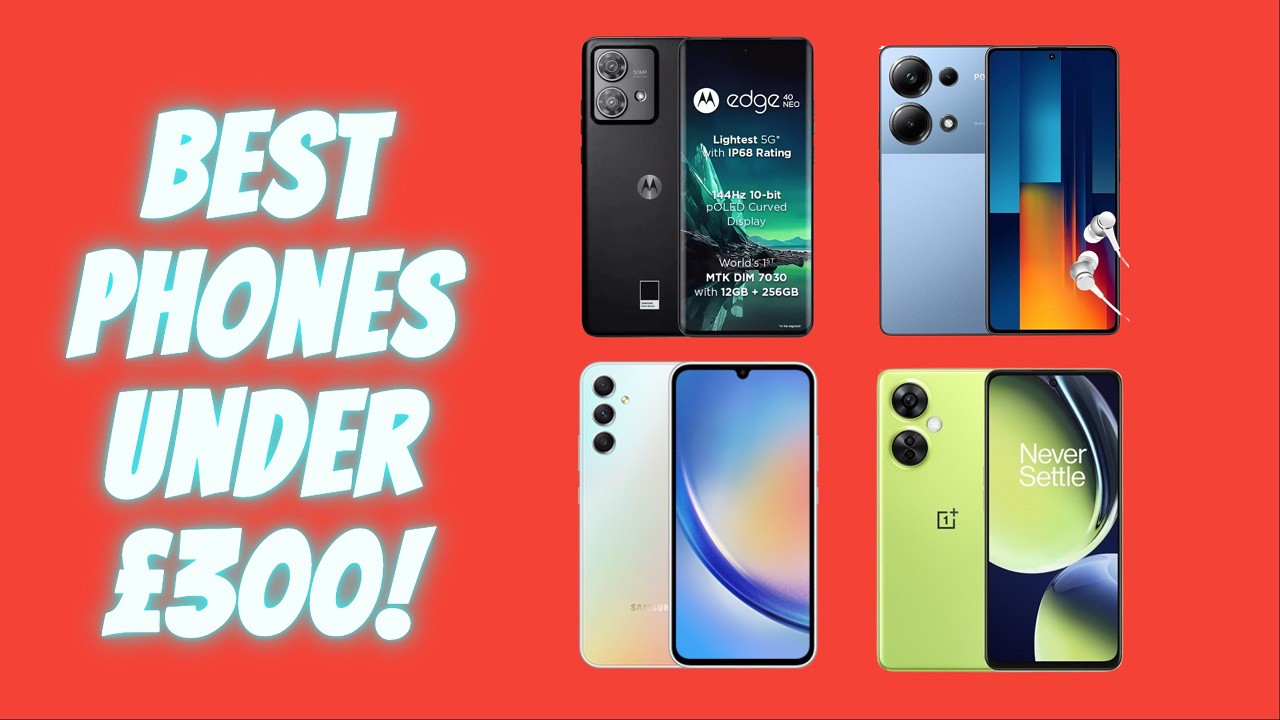

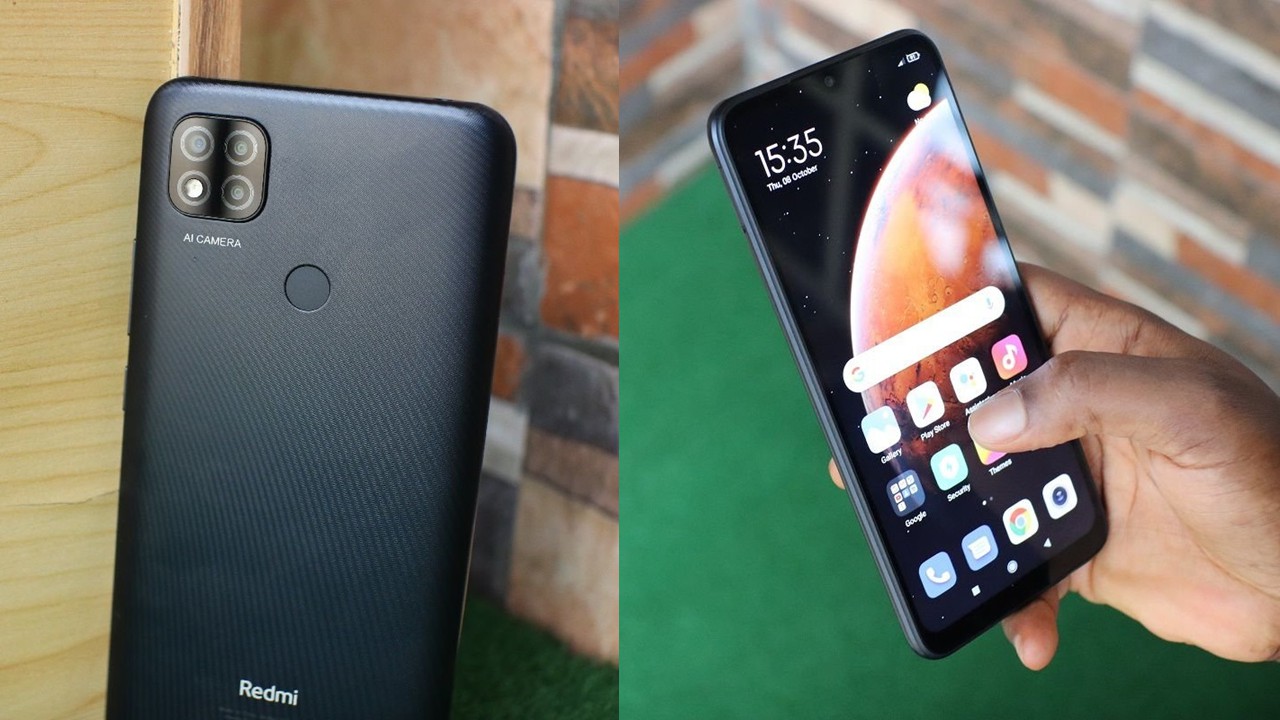
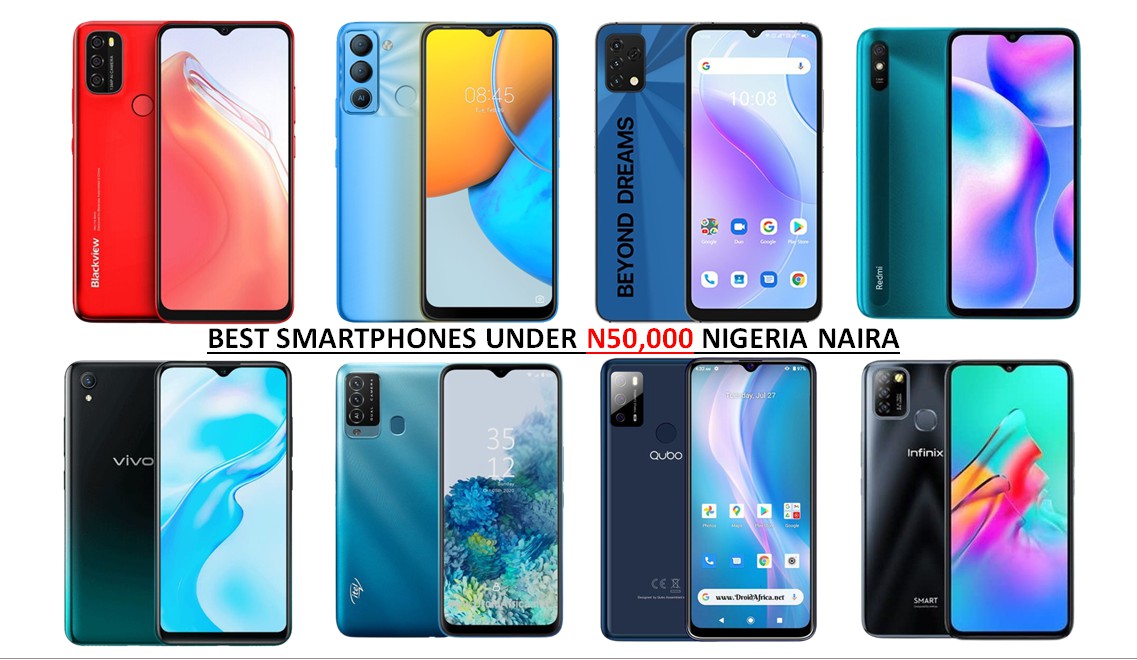
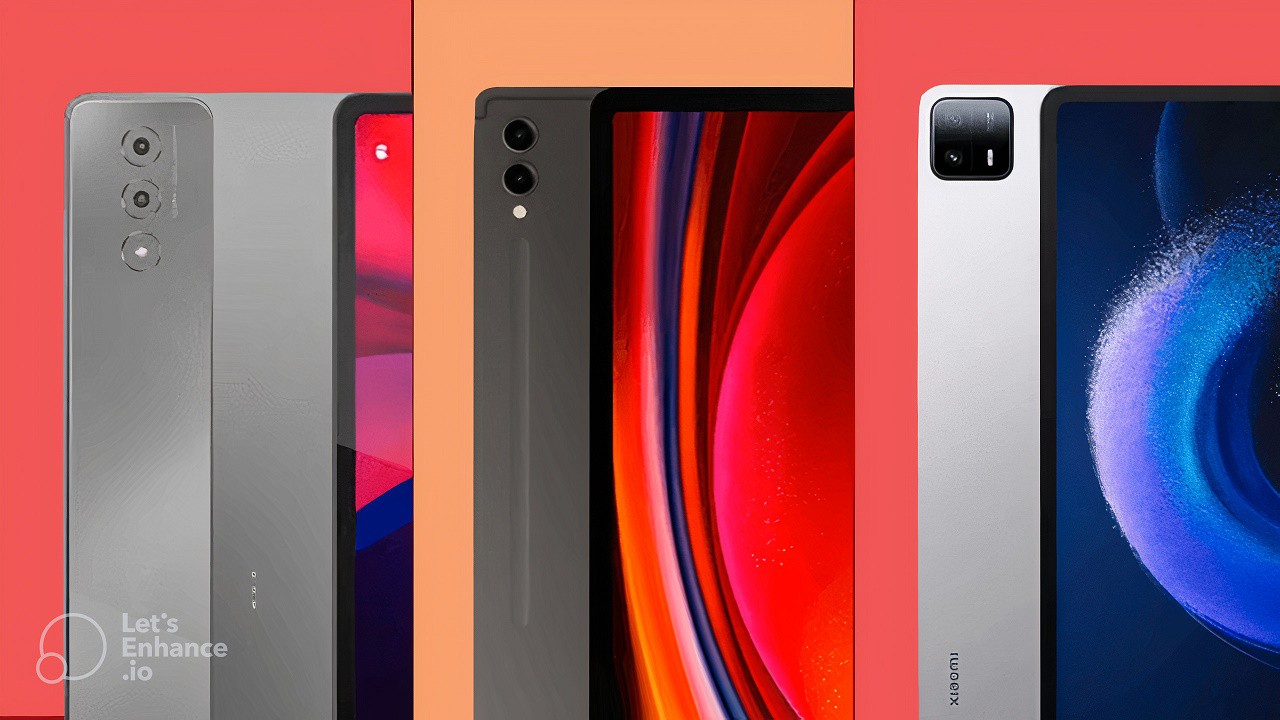
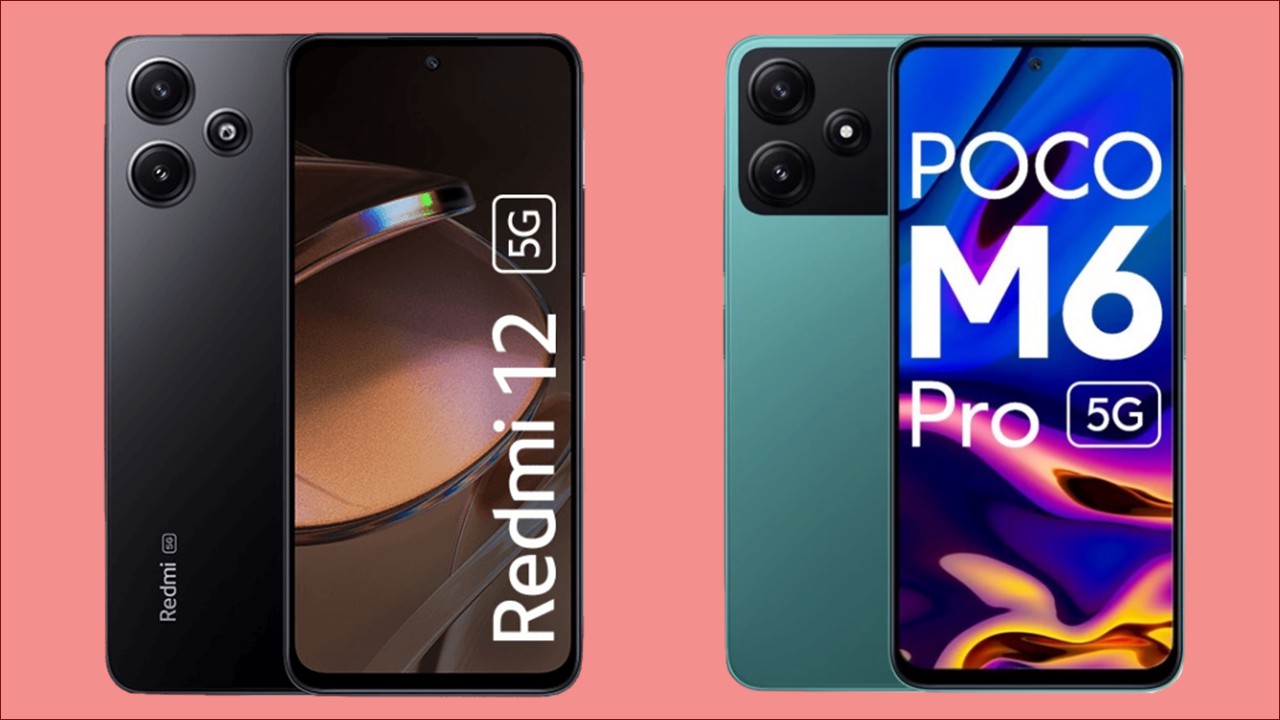

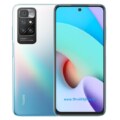
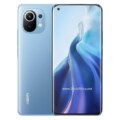
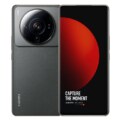
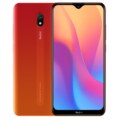
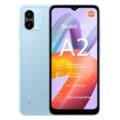
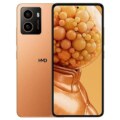
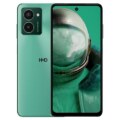

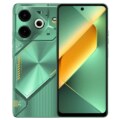
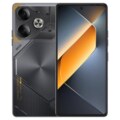
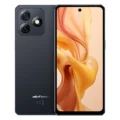

Leave a Reply